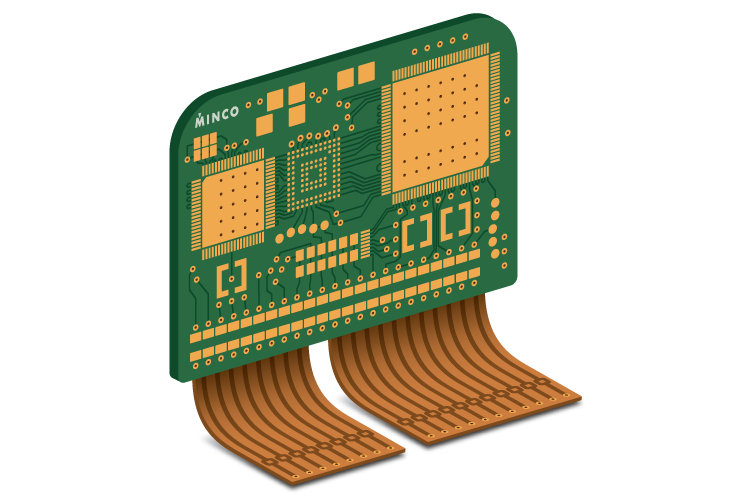The base material can make or break performance when designing a reliable SSD PCB. As the demand for high-speed data storage grows, engineers and manufacturers face increasing pressure to select substrates that offer electrical stability, thermal endurance, and mechanical reliability. FR4, Polyimide, and BT Resin are the primary contenders in this arena. Each comes with […]
Heavy Copper PCB is critical in today’s high-power electronic applications, especially in power supply and conversion systems. These specialized circuit boards contain copper layers thicker than standard PCBs, typically over 3 oz/ft². This allows them to handle higher current loads and manage heat more effectively. These features make them ideal for converters, inverters, and power […]
The world of electronics is rapidly evolving, demanding solutions that are both high-performing and cost-effective. Carbon Ink PCB is a standout innovation that meets these needs. This unique printed circuit board (PCB) technology has gained popularity across various industries, offering a cost-effective solution without sacrificing performance. Manufacturers achieve reliable circuits at a lower cost by […]
Standard PCBS often struggle to deliver consistent performance in high-temperature environments. That’s where ceramic PCBS prove their value. Designed to resist warping, delamination, and conductivity loss, these boards thrive under extreme conditions—often above 250°C. Ceramic PCBS offer unmatched thermal stability and durability, from aerospace to automotive electronics. If you’re seeking reliable high-temperature PCB solutions, explore […]
Rigid-flex PCB designs offer an innovative solution for industries requiring compact, adaptable, and reliable electronic systems. These designs combine rigid and flexible substrates, allowing engineers to create intricate and versatile circuit boards. One critical factor to consider in the design process is the bend radius of the flexible section. The bend radius dictates how tightly […]
The Set-top box PCB is critical in integrating smart TVs and their advanced connectivity features. As demand for high-definition content and seamless streaming rises, the performance of the hardware becomes crucial. The Set-top box PCB ensures smooth communication between the TV and connected devices, facilitating an optimal and immersive entertainment experience. Smart TVs are now […]
Due to their excellent performance characteristics, ceramic PCBs have become a significant choice for RF and microwave applications. While traditional PCB materials like FR4 have served well in many applications, RF and microwave systems require materials that can handle higher frequencies and temperatures. Ceramic PCB is emerging as the ideal solution. They offer unique benefits, […]
Gold finger PCBS are essential for high-speed and high-reliability electronic applications. In 2025, as edge connectors become more precise and demanding, beveling these gold fingers has grown from a niche process into a design standard. Why? Because poorly bevelled PCBS risk mechanical failure, connection instability, and costly replacements. Beveling creates a smooth, angled edge at […]
The SSD PCB is the heart of any solid-state drive, connecting all essential components that handle data storage and transmission. It houses the NAND flash memory, controller, power management ICs, DRAM (if present), and passive components that regulate the operation. Unlike mechanical drives, SSDs rely entirely on electronic components, which makes the PCB layout and […]
Designing Heavy Copper PCB demands precision beyond standard boards – optimizing thermal performance, current capacity, and structural integrity from the outset. While traditional PCB tools struggle with high-power requirements, modern interactive design platforms like Altium Designer and Cadence Allegro empower engineers to simulate thermal behaviour, adjust trace geometries, and validate current loads in real time. […]









